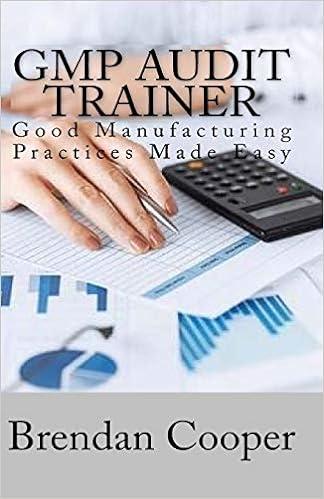Question
Exercise 7-21B Complete the accounting cycle using long-term asset transactions (LO7-4, 7-7) [The following information applies to the questions displayed below.] On January 1, Year
Exercise 7-21B Complete the accounting cycle using long-term asset transactions (LO7-4, 7-7)
[The following information applies to the questions displayed below.] On January 1, Year 1, the general ledger of a company includes the following account balances:
| Accounts | Debit | Credit | |||||
| Cash | $ | 60,000 | |||||
| Accounts Receivable | 27,600 | ||||||
| Allowance for Uncollectible Accounts | $ | 3,500 | |||||
| Inventory | 37,600 | ||||||
| Notes Receivable (5%, due in 2 years) | 27,600 | ||||||
| Land | 168,000 | ||||||
| Accounts Payable | 16,100 | ||||||
| Common Stock | 233,000 | ||||||
| Retained Earnings | 68,200 | ||||||
| Totals | $ | 320,800 | $ | 320,800 | |||
During January Year 1, the following transactions occur:
| January | 1 | Purchase equipment for $20,800. The company estimates a residual value of $2,800 and a five-year service life. | ||
| January | 4 | Pay cash on accounts payable, $10,800. | ||
| January | 8 | Purchase additional inventory on account, $95,900. | ||
| January | 15 | Receive cash on accounts receivable, $23,300. | ||
| January | 19 | Pay cash for salaries, $31,100. | ||
| January | 28 | Pay cash for January utilities, $17,800. | ||
| January | 30 | Sales for January total $233,000. All of these sales are on account. The cost of the units sold is $121,500. |
Information for adjusting entries:
- Depreciation on the equipment for the month of January is calculated using the straight-line method.
- The company estimates future uncollectible accounts. The company determines $4,300 of accounts receivable on January 31 are past due, and 50% of these accounts are estimated to be uncollectible. The remaining accounts receivable on January 31 are not past due, and 2% of these accounts are estimated to be uncollectible. (Hint: Use the January 31 accounts receivable balance calculated in the general ledger.)
- Accrued interest revenue on notes receivable for January.
- Unpaid salaries at the end of January are $33,900.
- Accrued income taxes at the end of January are $10,300.
rev: 11_22_2018_QC_CS-148298, 06_13_2019_QC_CS-170054
Exercise 7-21B Part 7
7. Analyze how well the company manages its assets:
Requirement 1:
a-1. Calculate the return on assets ratio for the month of January.
a-2. If the average return on assets for the industry in January is 2%, is the company more or less profitable than other companies in the same industry?
-
More profitable
-
Less profitable
Requirement 2: b-1. Calculate the profit margin for the month of January.
b-2. If the industry average profit margin is 4%, is the company more or less efficient at converting sales to profit than other companies in the same industry?
-
More efficient
-
Less efficient
Requirement 3: c-1. Calculate the asset turnover ratio for the month of January.
c-2. If the industry average asset turnover is 0.4 times per month, is the company more or less efficient at producing revenues with its assets than other companies in the same industry?
-
More efficient
-
Less efficient
Step by Step Solution
There are 3 Steps involved in it
Step: 1

Get Instant Access to Expert-Tailored Solutions
See step-by-step solutions with expert insights and AI powered tools for academic success
Step: 2

Step: 3

Ace Your Homework with AI
Get the answers you need in no time with our AI-driven, step-by-step assistance
Get Started


